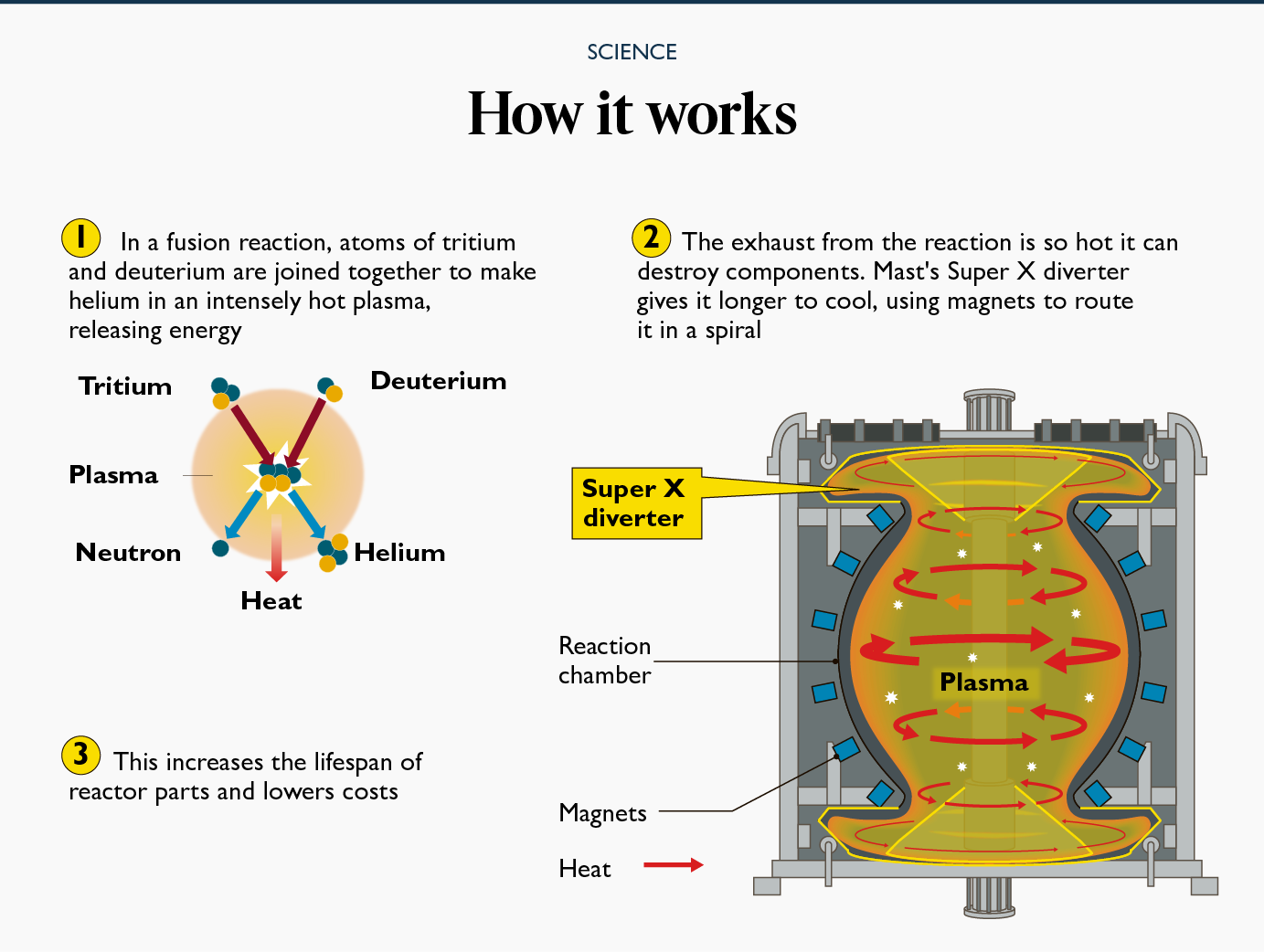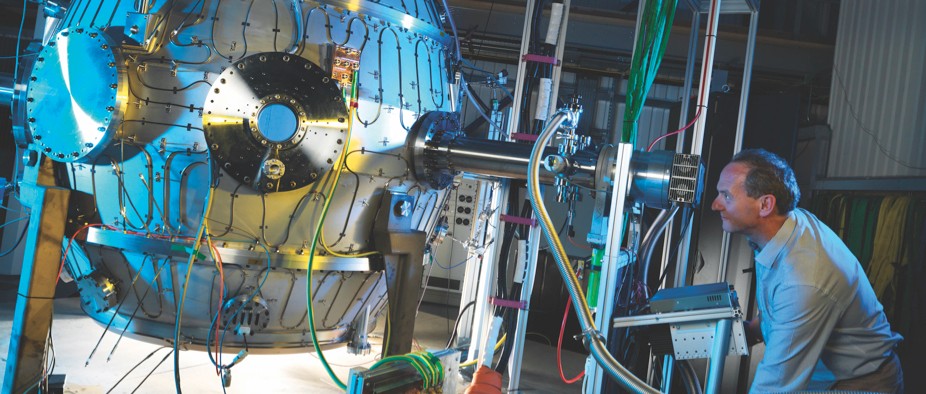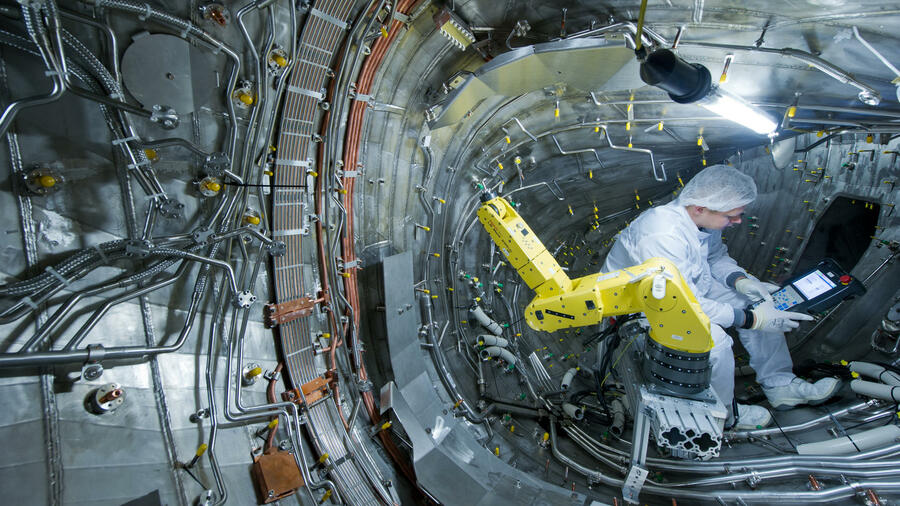
Now and again, a patch of Oxfordshire becomes the hottest point in the solar system. And it was disclosed yesterday that the exhaust gases from this location — Britain’s main nuclear fusion experiment — can be made cold enough not to kill anything they come into contact with.
Scientists think they have achieved a crucial step toward near-limitless clean power by demonstrating that they can release the heat of waste plasma, enabling the creation of smaller, cheaper, and more efficiently nuclear fusion machines.
“It is a success in one of fusion’s most difficult challenges,” said Professor Ian Chapman, CEO of the UK Atomic Energy Authority. Fusion is an appealing target not only because it is clean but also because it has a high yield.

Nuclear fusion is the method through which the sun is powered. In contrast to fission, the reaction utilized in today’s nuclear power plants involves connecting rather than dividing atoms, resulting in nearly little radioactive waste. To make it operate, however, temperatures over 100 million degrees must be maintained.

Some of the superheated plasma must eventually be permitted to escape. If it does not have time to release its heat, it will rapidly blow its way through components.
This is one reason why Iter, the world’s largest prototype fusion reactor, is located in southern France. Scientists are generally positive that by the end of the decade, Iter will create ten times the amount of electricity required to run it.
Britain’s nuclear experts are working in Culham on a Mast Upgrade project to overcome the next problem: making reactors economically feasible.
Make the reactor smaller, and it will be less expensive. Smaller reactors have the benefit of requiring smaller magnets to keep the plasma in place. The catch, however, has been the exhaust, which is stretched across a smaller area in a smaller device.

This is the problem, according to Chapman, that has been fixed. The Super X diverter, as it is known, employs additional magnets to channel the exhaust around an ever-widening spiral, allowing it to lose heat for 20 yards. The power output of the reactor drops from that of a rocket thruster to that of a car engine.
Many more issues must be addressed before this can be turned into a functional reactor. A fusion power plant will be among the most sophisticated devices ever constructed. It must not only safely confine the plasma but also produce its fuel and be maintained by robots because people will be unable to enter the chamber once it is operational.
However, Chapman believes that humankind has no choice but to make it work. By 2050, much of the globe will have achieved the objective of zero carbon dioxide emissions. “We vastly underestimate the magnitude of that challenge,” he said. “It’s simply the most massive challenge.”
No comments:
Post a Comment